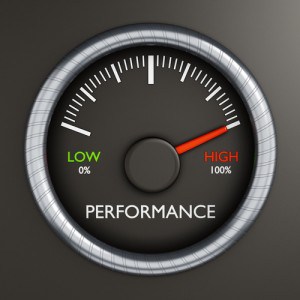 As a leader, at some point in your career, you will struggle with the three-D’s of bad team conduct: disengagement, dysfunction, and destructive behaviors in the workplace.
As a leader, at some point in your career, you will struggle with the three-D’s of bad team conduct: disengagement, dysfunction, and destructive behaviors in the workplace.
It’s not necessarily your fault, the “three D’s” can occur when there isn’t clarity about values, direction, and team norms. And these bad behaviors usually develop when team members are not taking full ownership or responsibility of their results and certainly not the full team results.
Team leaders and managers are similar to coaches, part of your work is to inspire your team and make sure their performance is top-notch and everyone is playing in the right position. Sometimes, team member’s strengths are not being utilized correctly and that can lead to frustration and boredom which puts them on the path to the three-D’s.
Disengagement
Do you have an employee who always seems to be working but doesn’t have much to show for it? Team members who are disengaged often become adept at pretending to work while they’re actually doing anything but; they take frequent breaks, “hideout”, or can be found disrupting their productive colleagues.
Disengaged employees are often:
• Miserable
• Absent
• Complaining
• Making excuses
• Unhelpful
They can also have:
• Low-energy
• A bad attitude
• A lack of enthusiasm and initiative
Dysfunction
The whole purpose of a job is to perform a function, so having dysfunctional employees can hinder productivity, preventing your department from achieving its goals which can ultimately have a negative effect across an entire organization. Some signs of dysfunction to look out for are:
• General confusion about goals and purpose – If employees don’t understand how their role fits into the organization and what it’s designed to achieve, it’s impossible for them to set clear goals.
• Carelessness – Frequent mistakes and lack in quality of work shows a general apathy towards a role and a lack of belief and understanding of the importance of the position.
• Gossiping and backstabbing – Personalities clash, it’s a fact of life, but in a professional setting, colleagues should be able to find ways to work together. Ineffective leadership and communication can foster an environment where dislike can turn into arguments and rivalries.
• A high-turnover rate – If you’re constantly having to rehire for a role, you may have a problem. Happy, satisfied employees don’t leave unless they have a much more enticing opportunity waiting for them. Unhappy employees focus on themselves; satisfied employees focus on the team as a whole.
Destructive Behaviors
Destructive behaviors in an office come in many forms. Whether it’s bullying, an inability to accept authority, drama kings and queens, or even people-pleasers and martyrs, these behaviors are counterproductive and lead to toxic results and a toxic work environment. It can be difficult to manage an employee who exhibits destructive behaviors but if you can recognize the signs, you can begin to deal with the problem.
Countering Destructive Behaviors in the Workplace
By recognizing the problems and changing the bad behaviors, you can have a team committed to honest communication and better relationships allowing you to reach your goals and achieve the success you’ve worked hard for.
We deliver training that develops leaders and engages your team members to increase your organizations’ results. If you’d like to create a high-performance team, let’s work together.
Here is how:
- Schedule a Call
- Allow us to create a customized development plan.
- Let’s execute the plan, together.
Click here to schedule a call.